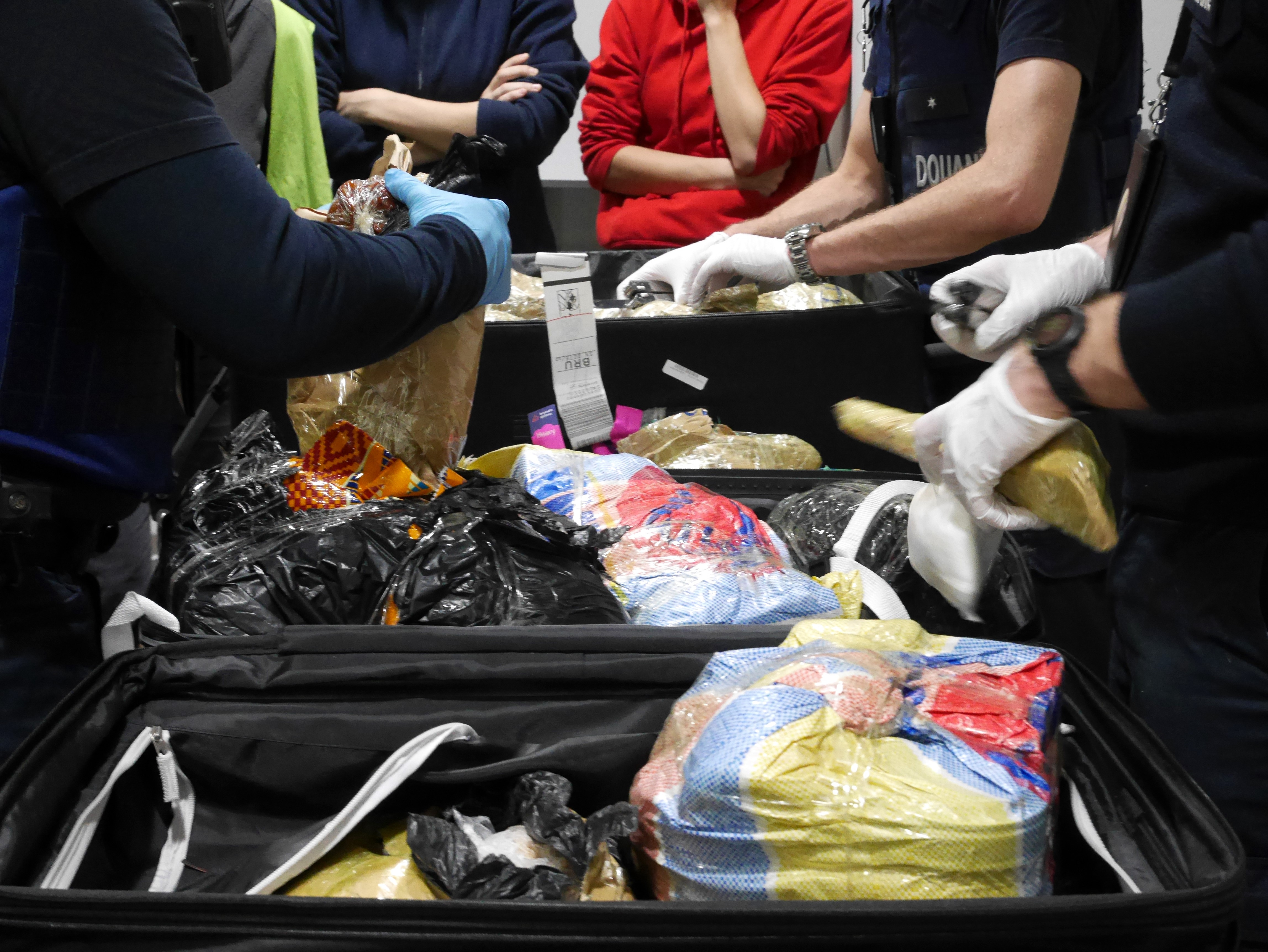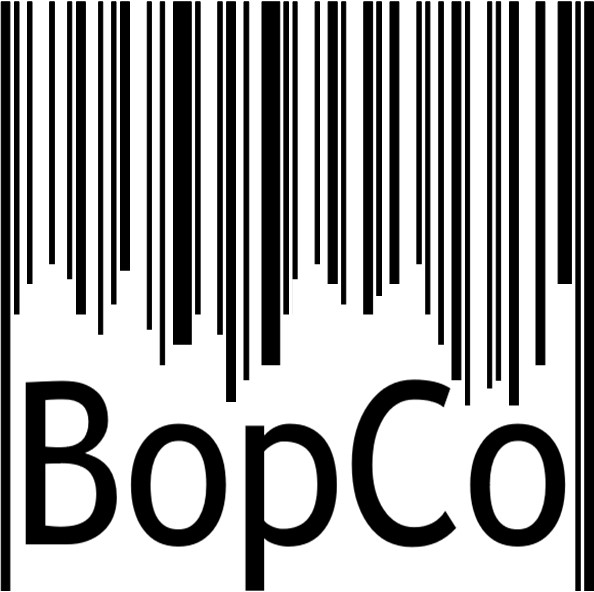Identification of species protected under CITES
Policy concern: public health, protected species
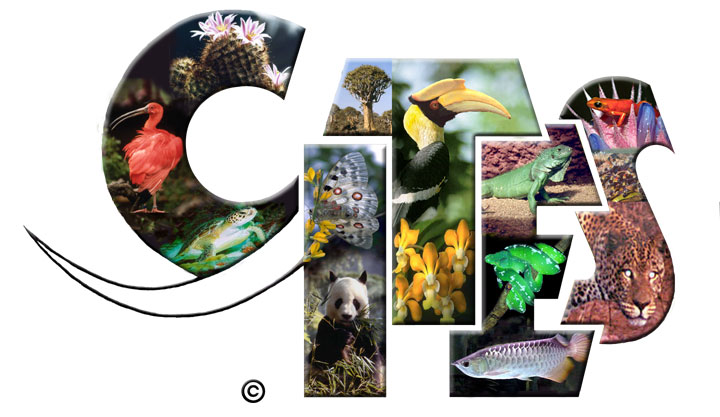
BopCo collaborates with the Belgian CITES unit of FPS Health, Food Chain Safety, and Environment to identify species imported into our country. These species identifications are necessary to verify if the imported plants or animals are protected under CITES regulations.
What are CITES-listed species?
The CITES Convention (the Convention on International Trade in Endangered Species of Wild Fauna and Flora) is an international agreement ensuring that trade in wild animals and plants doesn’t threaten their survival. Species listed under CITES are protected to various degrees, with strict regulations to prevent over-exploitation. These species are categorized into different appendices based on their conservation status and the level of protection they need. By regulating trade, CITES helps safeguard endangered and vulnerable species from extinction.
DNA-based identification services
BopCo provides accurate species identifications using morphological analysis (based on pictures) and DNA-based methods. This is crucial for verifying the species identity of e.g., eels, wild meat, and (medicinal) plants.
Here are some common requests BopCo handles.
- Identification of corals and sea shells
Tourists often bring home souvenirs purchased from questionable vendors, which can concern or be made of protected species. Examples include various coral and sea shell species. Our identification services help ensure these souvenirs do not contain protected species. Some shell species listed under CITES include chambered nautilus (Nautilus spp.), queen conch (Strombus gigas) and giant clams (Tridacnidae family).
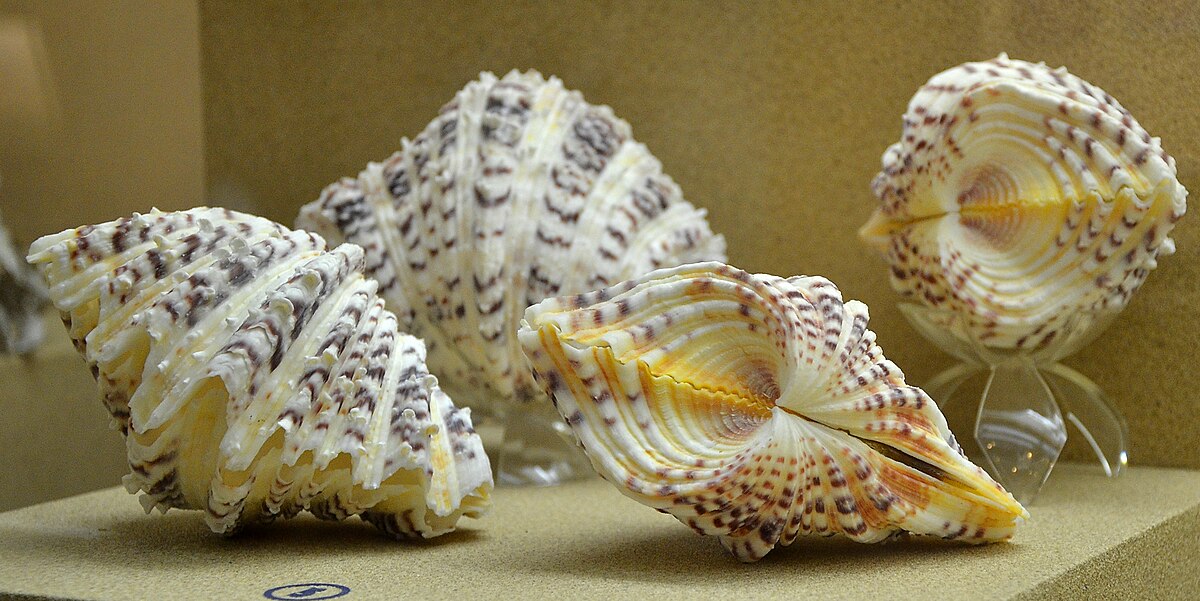
![Nautilus By Kai Squires, [CC BY 4.0] via Wikimedia Commons](https://www.bopco.be/wp-content/uploads/2024/07/Nautilus-By-Kai-Squires-CC-BY-4.0-via-Wikimedia-Commons-rotated.jpg)
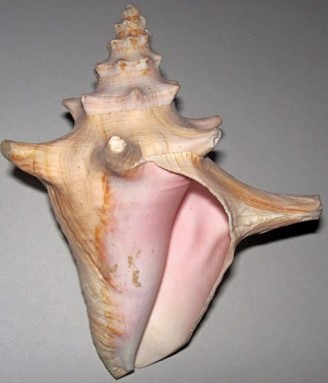
- Identification of ginseng
Plants are frequently imported, including those used for medicinal purposes. One such plant is Panax quinquefolius, commonly known as American ginseng, of which the trade is strictly regulated under CITES. These plants can be hard to identify as they are often dried or imported without distinct features like leaves or stems. Panax quinquefolius roots in particular are often intercepted as slides or shavings, in which case DNA-based identification methods are applied.
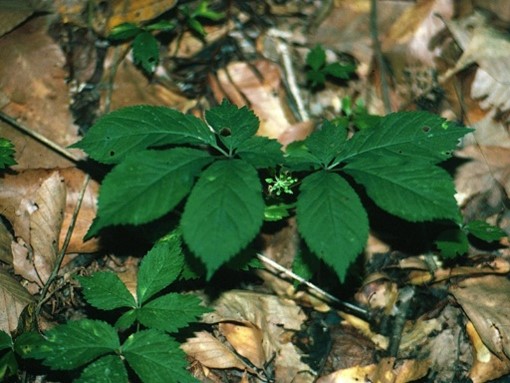
- Identification of eels
In collaboration with INBO and FPS Health, Food Chain Safety, and Environment, BopCo identifies eels and glass eels intercepted at the Belgian border, usually alive. The European eel (Anguilla anguilla) is a protected species often collected as juveniles (glass eels) for export to the Asian market. Distinguishing juvenile European eels from American eels (Anguilla rostrata) and Japanese eels (Anguilla japonica) is challenging but extremely important, as the latter two species can be traded freely. Using DNA-based methods, these species can rapidly be distinguished, so that healthy European eels can be released back into our rivers.
![Glass eel by canopic on flickr [CC BY-NC-ND 2.0]](https://www.bopco.be/wp-content/uploads/2024/07/Glass-eel-by-canopic-on-flickr-CC-BY-NC-ND-2.0.jpg)
- Identification of meat intercepted at Brussels Airport
Within the INTERCEPT project, BopCo works alongside its partners to identify animal meat intercepted by customs officials at Brussels Airport during the BaCon (Baggage Control) actions. Given the challenges of identifying protected species, BopCo employs DNA-based identification techniques to accurately determine whether the seized meat originates from protected species.
